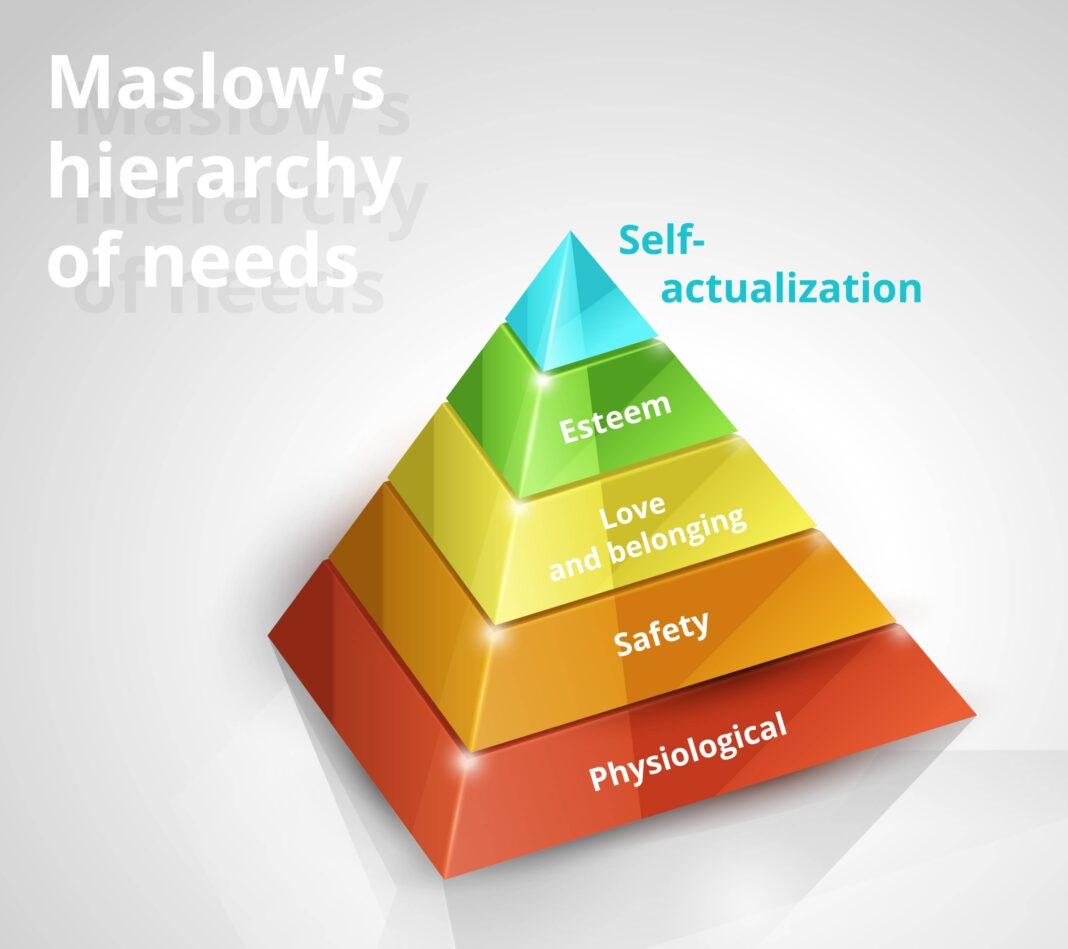Technology connects the world. From sending a message on WhatsApp to making a call on your landline, different types of networks play a crucial role. But have you ever wondered what makes one type of network digital and the other analog?
Let’s break down the differences between digital and analog networks, how they transmit data, and where we encounter them in real life.
🔌 What Are Network Types?
In networking, the type of signal used for communication defines the nature of the network. There are two fundamental types of networks based on signal transmission:
- Analog Networks
- Digital Networks
Each has its own way of handling data and plays a specific role depending on the use case.
📻 What Is an Analog Network?
Analog networks use continuous signals that vary in frequency or amplitude. These signals mirror the actual sound or data being transmitted.
🧭 Characteristics:
- Continuous signal
- Sensitive to noise and interference
- More natural in transmitting voice or music
🔄 How Transmission Works:
Analog transmission sends data using electrical signals that vary in amplitude (height) and frequency (speed). These signals mimic the original data in wave-like forms.
✅ Real-Life Examples:
- Traditional landline telephones
- FM/AM radios
- Cable TV (older generation)
- Analog CCTV cameras
📌 Use Case Scenario:
Imagine tuning into your favorite FM radio station in your car. That clear voice or music comes from an analog signal traveling through airwaves, converted into sound by your car speakers.
💻 What Is a Digital Network?
Digital networks transmit data in binary form (0s and 1s). This makes them more accurate, faster, and less affected by noise.
🧭 Characteristics:
- Discrete signals (on/off or 1/0)
- Efficient error correction
- Easily encrypted for security
🔄 How Transmission Works:
In digital transmission, data is converted into binary code, then sent across a network via electrical or optical pulses. Devices decode this binary data back into audio, video, or text.
✅ Real-Life Examples:
- Mobile networks (4G/5G)
- Fiber-optic internet
- Digital TV
- Wi-Fi and Bluetooth connections
📌 Use Case Scenario:
You stream a YouTube video on your phone. Every frame and sound you see and hear travels in digital packets across your 4G or 5G connection, ensuring high-quality and fast delivery.
📊 Comparison Table: Analog vs Digital Networks
| Feature | Analog Network | Digital Network |
|---|---|---|
| Signal Type | Continuous wave | Discrete binary (0s and 1s) |
| Transmission Quality | Prone to noise and distortion | Clear, with minimal loss |
| Error Correction | Limited | Strong error detection and correction |
| Bandwidth Usage | Typically uses more bandwidth | Efficient bandwidth usage |
| Data Security | Less secure | Easily encrypted and more secure |
| Real-Time Example | FM Radio, Landlines | 4G/5G Internet, Wi-Fi, Smart Devices |
| Suitable For | Voice, basic TV, analog CCTV | High-speed internet, media, file transfer |
🌐 Hybrid Use of Analog and Digital
Some systems use both analog and digital signals to balance quality and compatibility. For example:
- Satellite TV might receive analog signals and convert them into digital format.
- Voice over IP (VoIP) converts analog voice into digital signals for transmission over the internet.
These hybrid systems help in transitioning between legacy infrastructure and modern digital solutions.
📱 Why the World Is Moving Toward Digital
The shift from analog to digital is rapidly increasing due to several advantages:
✔️ Better Quality
Digital signals maintain high quality, even over long distances, without distortion.
✔️ Easy Compression
Digital data can be compressed, allowing faster transmission and storage.
✔️ Enhanced Security
Digital networks offer strong encryption, making them more secure than analog systems.
✔️ Cost Efficiency in the Long Run
Although digital systems may cost more initially, they offer better scalability and lower long-term maintenance.
💬 Real-World Examples of Digital Networks
1. Telecom:
Companies like Jazz, Zong, and Telenor in Pakistan use digital mobile networks to provide 4G and 5G services.
2. Internet Service Providers:
PTCL and StormFiber use digital fiber-optic connections to deliver high-speed internet.
3. Home Automation:
Smart devices like Google Nest or Amazon Echo use digital networks (Wi-Fi, Bluetooth) to control appliances, lights, and more.
🔙 Real-World Examples of Analog Networks
1. Traditional Telephony:
Old landline systems by PTCL used analog signaling.
2. Analog Cameras:
Older CCTV systems, still used in many small businesses and homes, rely on analog video transmission.
3. Radio Broadcasting:
FM radio stations across the world continue to use analog transmission to reach a broader audience.
🧩 Choosing the Right Network
It depends on the purpose.
| Purpose | Suggested Network Type |
|---|---|
| High-speed data | Digital |
| Live audio with basic setup | Analog |
| Home or office automation | Digital |
| Old security setups | Analog (or hybrid) |
For future-proofing, investing in digital systems is the clear winner. But if your setup is small, simple, or legacy-based, analog still has value.
🧠 Final Thoughts: The Digital Age Is Now
As the world grows increasingly connected, digital networks are shaping the future of communication, entertainment, and business. Analog may still have a role in limited setups, but its scope is narrowing as more people move to the reliability, speed, and flexibility of digital systems.
Whether you’re a business owner, tech enthusiast, or simply curious, understanding the difference between analog and digital networks can help you make better decisions in both your personal and professional life.
❓Frequently Asked Questions
Q1: Can digital and analog networks work together?
Yes. Devices like modems and adapters are designed to convert analog signals to digital and vice versa.
Q2: Which is better for data transmission: analog or digital?
Digital is far better for data due to its accuracy, error correction, and speed.
Q3: Is FM radio analog or digital?
FM radio uses analog transmission, though some countries also have digital radio services.
Q4: Why is analog still used?
Analog systems are simpler, sometimes cheaper, and don’t require advanced tech, making them useful in basic or rural setups.



